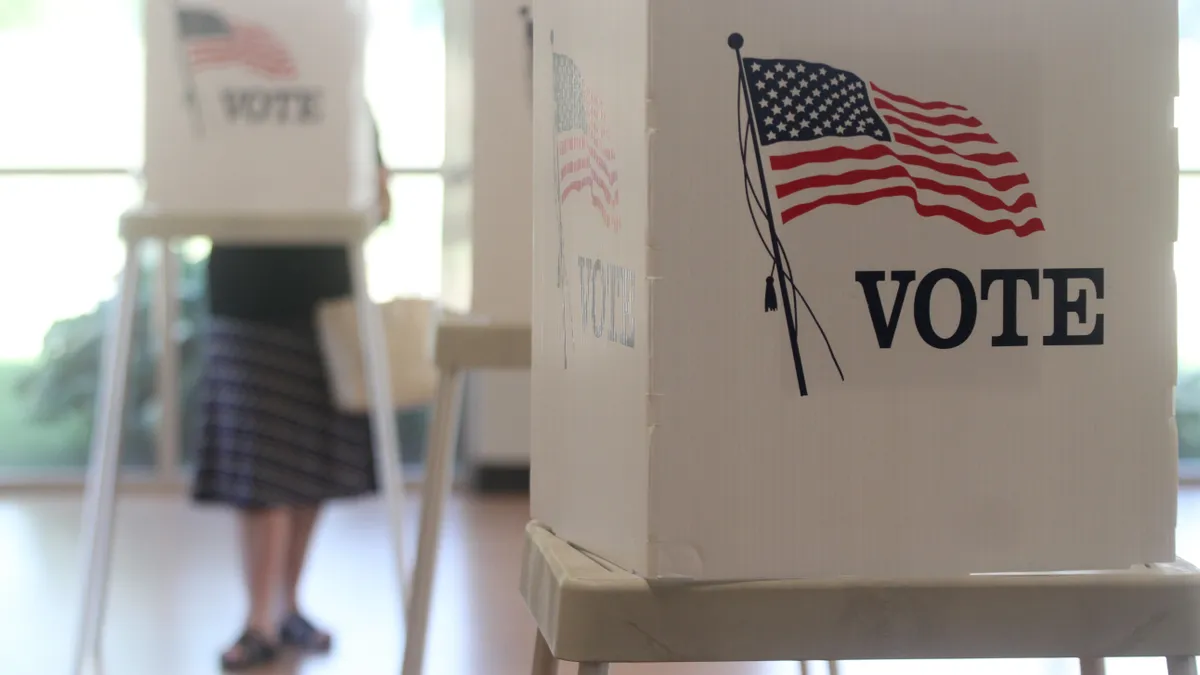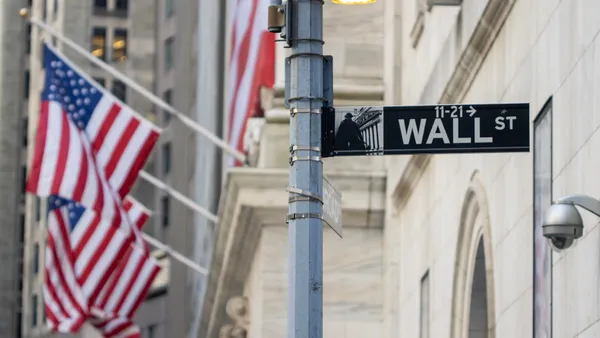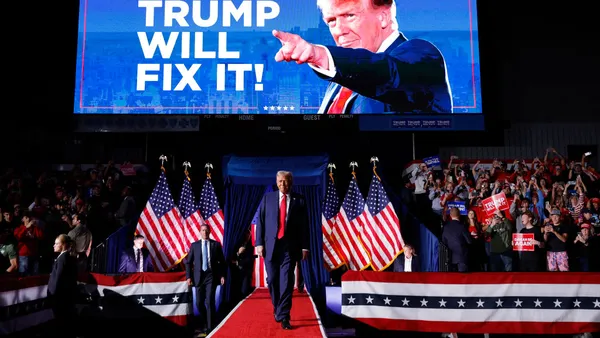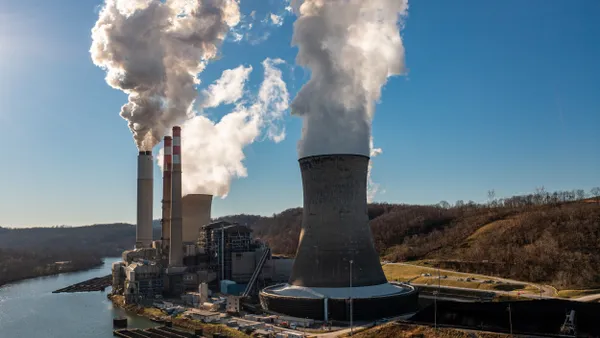The idea of raising the federal minimum wage has received renewed emphasis this year as Democrats, historically in favor of increasing the national rate of pay, took control of the White House and Congress.
Worker groups have long called for an increase to the wage, which has been $7.25 per hour since 2009. This year Democrats could succeed where others have failed. Biden included a provision in his $1.9 trillion pandemic relief bill that would more than double the national minimum wage to $15 per hour.
It's obvious that the increase would help minimum wage workers, but, in an industry like construction where skilled workers often make more than $15 an hour, how would it impact construction businesses?
According to the latest employment data from the Bureau of Labor Statistics, no construction occupation had a national mean or median wage less than $15 in 2019, although some helper categories come close. But construction pay rates vary by state and also fluctuate depending on whether compensation is set by prevailing wage rates, such as on federally funded or union projects. In states like Alabama and Florida, there are several categories of construction occupations — all helpers — that paid mean and median wages less than $15.
Currently, 29 states and Washington, D.C., have minimum wages above the federal minimum. Five states have not adopted a state minimum wage: Alabama, Louisiana, Mississippi, South Carolina and Tennessee, while Georgia and Wyoming have a minimum wage below $7.25 per hour. In all seven of these states, the federal minimum wage applies in most cases.
Union leaders have long espoused the benefits of higher wages, including that they provide a path to the middle class, increase productivity and reduce the need for social welfare programs. But the president has acknowledged that raising of the federal minimum wage has dim prospects in Congress, where it faces political opposition and procedural hurdles, and said last week said he might have to abandon the idea in order to ensure passage of his COVID-19 relief bill.
"I don’t think it's going to survive,” Biden told CBS News, referring to the minimum wage hike.
Other considerations
Beyond the potential of paying more per hour, construction employers have other concerns about the minimum wage debate. Brian Turmail, vice president of public affairs and strategic initiatives for the Associated General Contractors of America, said it has more to do with the legislation's effect on the overall economy and how that could impact the demand for construction services.
"It is important to remember that most construction careers already offer wage rates in excess of the federal minimum wage," he said. "In the few places where construction wage rates will be impacted, public and private construction owners need to be prepared to pay more for vital infrastructure and economic development projects."
For other industry groups, it's important that the free market establish wages, not the government.
"ABC members, who represent the commercial and industrial segments of the construction industry, typically pay their employees well above $15 per hour," said Kristen Swearingen, vice president of legislative and political affairs for the Associated Builders and Contractors. "It is important to note, however, that most construction industry occupations throughout the country pay well above the proposed minimum wage rate when wages are determined by the free market."
Roll-out process
If the wage hike were to win approval, this is how the administration would roll it out: The Raise the Wage Act of 2021, which was introduced in the House last month, would increase the federal minimum wage over a period of seven years. Upon the effective date of the act, the wage would be raised to $9.50 and then see annual increases until reaching $15 per hour in 2025.
There is no analysis from the Congressional Budget Office on the impact of the legislation, but the CBO did issue a report on the 2019 House bill. It found that, according to its median estimate, 1.3 million employed workers would lose their jobs but that 17 million workers making below $15 would see pay increases. The CBO acknowledges uncertainty in predicting job losses because that number is dependent on how employers would react in such a scenario.
In fact, as part of the agency's job loss estimates, it said there was a two-thirds chance that the number of workers who lost their jobs as a result of the federal minimum wage increase would fall between zero and 3.7 million. The CBO also said that many of the 10 million workers who are making just slightly more than $15 in 2025 would also see their wages increase.













